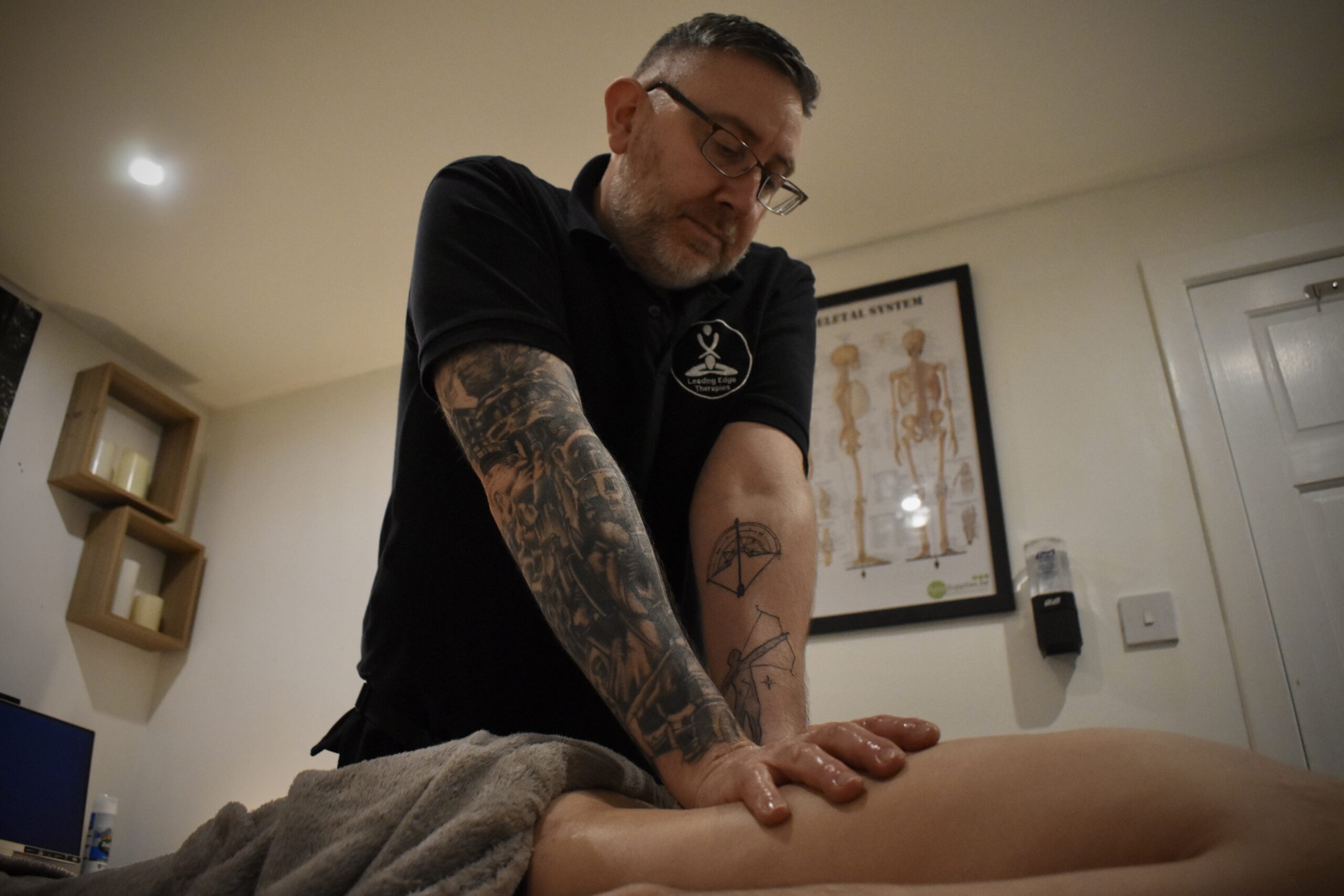Clinical Orthopaedic Manual Therapy and Massage for Frozen Shoulder Pain Relief
Frozen shoulder, or adhesive capsulitis, is a common but painful condition marked by stiffness and restricted shoulder movement due to inflammation and thickening of the shoulder capsule. This debilitating condition can greatly impact quality of life, and conservative treatments, including orthopaedic manual therapy (COMT) and therapeutic massage, have gained attention for their effectiveness in managing symptoms and improving shoulder function.
Understanding Frozen Shoulder
Frozen shoulder typically progresses through three stages:
- Freezing Phase: Gradual onset of pain and reduced motion.
- Frozen Phase: Increased stiffness with pain often subsiding.
- Thawing Phase: Gradual return of movement.
This progression can take months to years, and early intervention with manual therapy and massage can help manage pain, reduce stiffness, and improve function during all stages.
Role of Clinical Orthopaedic Manual Therapy (COMT)
COMT involves specific hands-on techniques, including mobilization, joint manipulation, and soft tissue release. These techniques aim to restore mobility, reduce muscle tightness, and enhance joint function. Studies show that COMT, especially when combined with a structured exercise program, can significantly improve outcomes for frozen shoulder patients.

Key COMT Techniques for Frozen Shoulder:
- Joint Mobilization: Gentle graded mobilizations in specific directions can help increase shoulder joint mobility, reduce capsular tightness, and stimulate mechanoreceptors, which in turn helps modulate pain signals (Teys et al., 2008).
- Soft Tissue Manipulation: Techniques such as cross-fiber friction and myofascial release target adhesions in the shoulder capsule and surrounding muscles, reducing tension and improving flexibility (Paungmali et al., 2004).
Therapeutic Massage for Pain Relief
Massage therapy, an integral part of COMT, can be particularly effective in the early “freezing” and “frozen” stages of frozen shoulder, where pain is predominant. Massage increases blood flow to the affected area, reduces muscle spasm, and promotes relaxation by decreasing the excitability of the nervous system.
Combining COMT with Exercises
Research suggests that combining manual therapy with shoulder stretching and strengthening exercises yields the best results. Exercise helps maintain the gains achieved through COMT, strengthens the shoulder muscles, and supports long-term recovery (Vermeulen et al., 2006). Home exercise routines, including pendulum stretches and wall walks, are essential for maintaining mobility between therapy sessions.
Clinical Evidence Supporting COMT and Massage
A study by Teys et al. (2008) found that shoulder mobilization techniques can reduce pain and improve shoulder range of motion more effectively than exercise alone. Similarly, Paungmali et al. (2004) reported that manual therapy could lead to faster recovery by improving joint mechanics and decreasing pain sensitivity.
Conclusion
Clinical Orthopaedic Manual Therapy (Clinical massage) offers valuable, evidence-based interventions for frozen shoulder pain relief. By combining manual techniques with guided exercise, clinicians can help patients regain shoulder function, reduce pain, and improve quality of life during the challenging recovery process from frozen shoulder.
References:
- Brosseau, L., et al. (2012). The role of massage for improving pain and function in frozen shoulder: A clinical review. Journal of Manual and Manipulative Therapy, 20(3), 142-153.
- Paungmali, A., et al. (2004). Mobilization with movement and ultrasound therapy in the management of frozen shoulder. Manual Therapy, 9(3), 142-148.
- Teys, P., et al. (2008). The effect of joint mobilization on shoulder pain and range of motion in patients with adhesive capsulitis. Physical Therapy in Sport, 9(3), 109-115.
- Vermeulen, H. M., et al. (2006). Shoulder function recovery in frozen shoulder patients following mobilization and exercise interventions. Physical Therapy, 86(3), 355-368.





